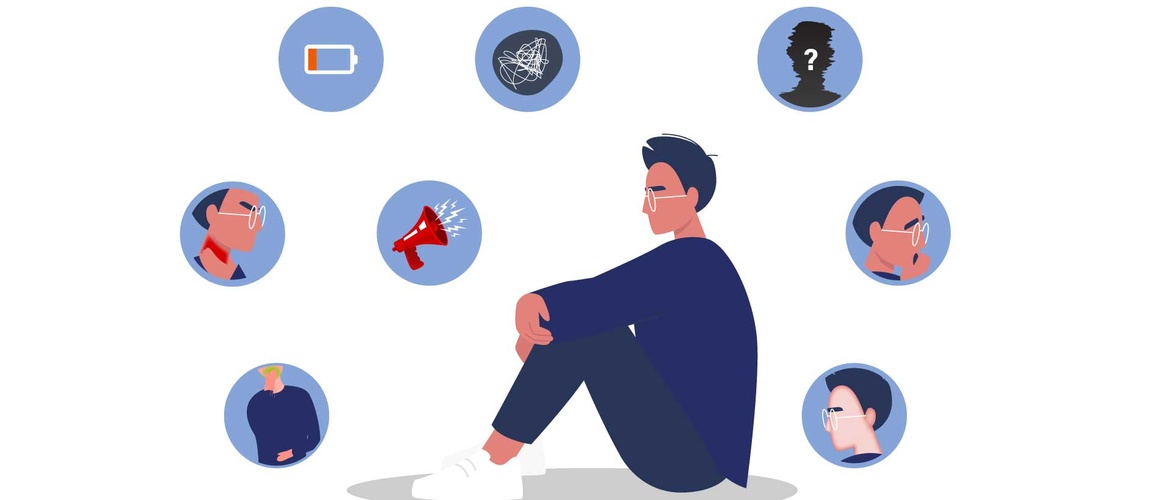
Välj en kanal
Kolla in de olika Progress in Mind-kanalerna.

Progress in Mind

Recurrent incapacitating headaches accompanied by disorienting neurological symptoms prevents the everyday personal, social, and work life of patients with migraine. Migraine is not just a headache — it is a disabling chronic neurological disorder involving nerve pathways and neuropeptides said Professor Dawn Buse of Yeshiva University, NY, at the Scottsdale Headache Symposium — and early diagnosis and treatment results in less migraine-associated disability.
Migraine affects more than one billion people worldwide,1-3 is the sixth most common and second most disabling disease,1, 4 and the top cause of years loss due to disability (YLD) for 15–49 year olds.4 In the United States, it is more common in women than men, and headache is the third leading cause of emergency department visits among premenopausal women,5 said Professor Buse.
Six different types of migraine
The International Classification of Headache Disorders version 3 (ICHD-3; ichd-3.org),6 describes six different types of migraine, explained Elizabeth Loder, Professor of Neurology, Harvard Medical School and Chief of the Division of Headache, Brigham and Women’s Hospital Boston MA. These types (for which there may be subtypes and subforms) are:
Professor Loder commented that the ICHD-3 is a marked improvement on previous versions, but it is important to note that its biological validity is uncertain, and some characteristic features such as osmophobia, prodromal features and activating and relieving factors are missing.
ICHD-3 migraine without aura
Migraine without aura is often related to the menstrual cycle
A diagnosis of migraine without aura is based on at least five attacks of headache lasting 4–72 associated with:
If a patient falls asleep during an attack, the duration is recorded as the time to awakening.
ICHD-3 migraine with aura
Migraine with aura may be associated with prodromal and postdromal symptoms
A diagnosis of migraine with aura is based on at least two attacks associated with:
Prodromal symptoms — e.g. fatigue, difficulty in concentrating, neck stiffness, sensitivity to light and/or sound, nausea, blurred vision, yawning and pallor — may precede a migraine attack with aura hours or a day or two before the other symptoms.
Postdromal symptoms — most commonly fatigue and elated or depressed mood — may follow resolution of the headache and persist for up to 48 hours.
Migraine with brainstem aura is a subtype of migraine with aura
Migraine with brainstem aura, a subtype of migraine with aura, is diagnosed if there are at least two attacks of headache associated with:
Autonomic symptoms accompany some of the headaches in up to 50% of patients with migraine
ICHD-3 chronic migraine
Chronic migraine is diagnosed when migraine-like or tension-type-like headache on at least 15 days/month for over 3 months are associated with:
The most common cause of symptoms suggestive of chronic migraine is medication overuse
Medication overuse is the most common cause of symptoms suggestive of chronic migraine, and around 50% of patients with an apparent diagnosis of chronic migraine revert to an episodic migraine type after drug withdrawal.
Earlier effective treatment of migraine results in less migraine-associated disability
Migraine is a neurological disorder involving nerve pathways and brain chemicals
The traffic light system of headache, which describes the associated disability of the migraine headache attack — green (“I can still go”), yellow (“I have to slow down”), red (“I have to stop”)7 — facilitates early effective treatment, said Professor Christine Lay, University of Toronto, Canada.
Professor Stephanie Nahas of Thomas Jefferson University, Philadelphia, PA, highlighted the importance of preventive treatment to:
Preventive lifestyle measures include regular sleep, exercise, and small meals, and avoidance of identifiable triggers (hormonal and those related to sleep, stress, exertion, and environment).
Meanwhile, migraine prevention trials are evaluating benefit-risk profiles for newer calcitonin gene-related peptide antibodies compared to currently recommended therapies for migraine prevention.8
Our correspondent’s highlights from the symposium are meant as a fair representation of the scientific content presented. The views and opinions expressed on this page do not necessarily reflect those of Lundbeck.